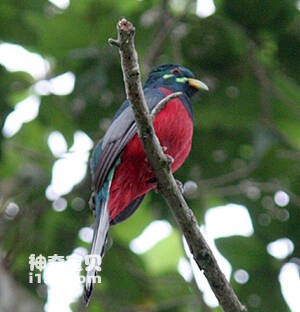
Trogon elegans
Trogon elegans,Elegant Trogon
The green cheeked African biting azalea is known as Trogon elegans or Elegan···
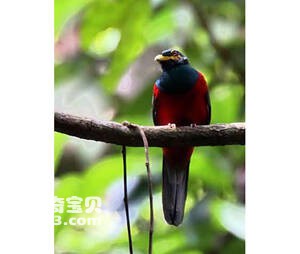
Trogon elegans
Trogon elegans,Elegant Trogon
Yellow-cheeked African biting rhododendron scientific name Trogon elegans, f···
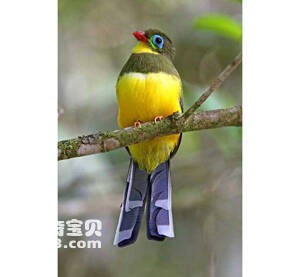
Apalharpactes reinwardt
Apalharpactes reinwardt,Temminck
Apalharpactes reinwardt, Temminck, is a resident bird with unknown habits.Li···
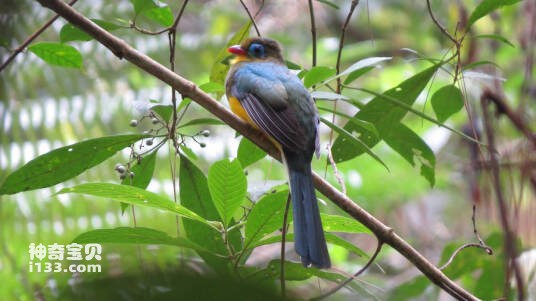
Harpactes mackloti
Harpactes mackloti,Sumatran Trogon
The behavior of Sumatran Trogon (Sumatran Trogon, Harpactes mackloti) is unk···
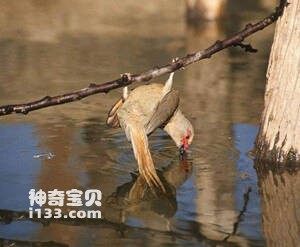
Urocolius indicus
Urocolius indicus,Red-faced Mousebird
The Red-faced Mousebird (Urocolius indicus) is a social, gregarious and vora···
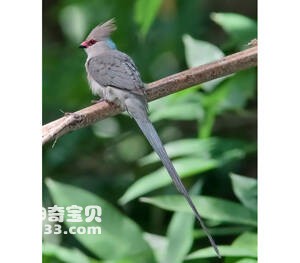
Urocolius macrourus
Urocolius macrourus,Blue-naped Mousebird
The Blue-naped Mousebird (Urocolius macrourus) has three subspecies.The blue···
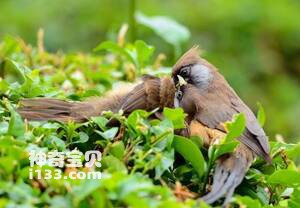
Colius colius
Colius colius,white-backed mousebird
The white-backed mousebird (Colius colius) has two subspecies.White-backed m···
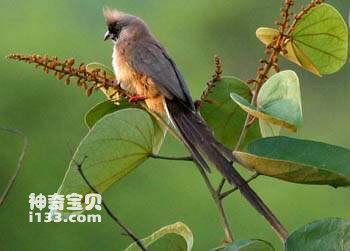
Colius castanotus
Colius castanotus,Red-backed Mousebird
The Red-backed Mousebird (Colius castanotus), like all mousebirds, is very s···
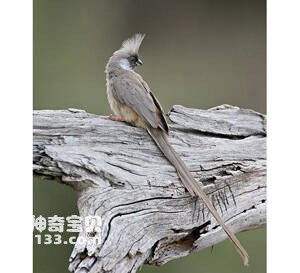
Colius striatus
Colius striatus,Speckeled Mousebird
Colius striatus and Speckeled Mousebird are unknown.Listed in the Internatio···
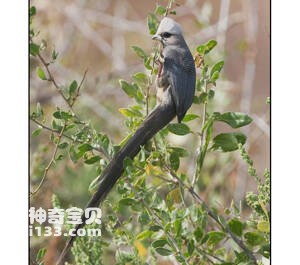
Colius leucocephalus
Colius leucocephalus
The species is known as Colius leucocephalus, but its specific habits are un···
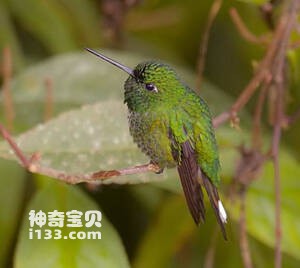
Urosticte ruficrissa
Urosticte ruficrissa,Rufous-vented Whitetip
Urosticte ruficrissa (Rufous-vented Whitetip) is a brown-rumped and white-ta···
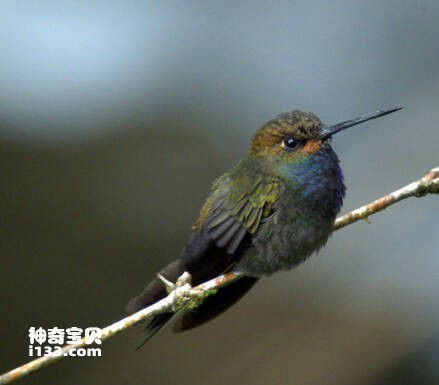
Urochroa bougueri,
Urochroa bougueri,White-tailed Hillstar
Urochroa bougueri or White-tailed Hillstar is a white-tailed hummingbird.Pro···
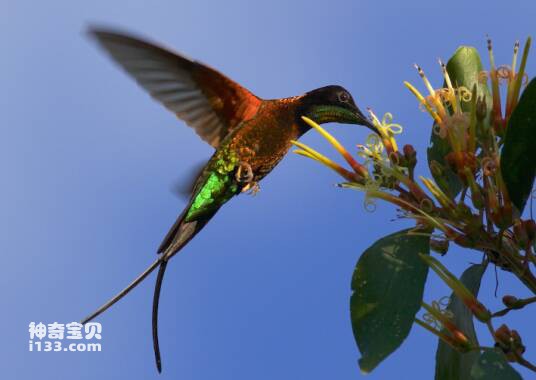
Topaza pyra
Topaza pyra,Fiery Topaz
The specific habits of the Fiery red-tailed hummingbird (Fiery Topaz, Topaza···
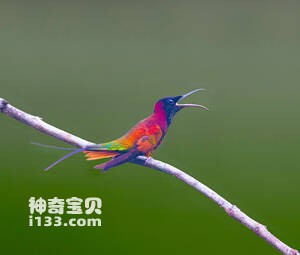
Topaza pella
Topaza pella
The red-tailed hummingbird Topaza pella feeds on a variety of nectar and sma···
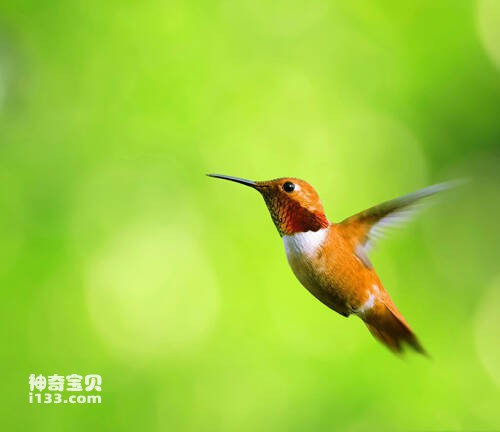
Tilmatura dupontii
Tilmatura dupontii,Sparkling-tailed Hummingbird
The flame-tailed Hummingbird is known as Tilmatura dupontii and Sparkling-ta···
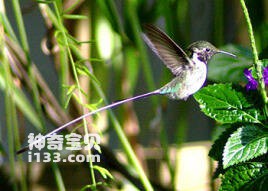
Thaumastura cora
Thaumastura cora,Peruvian Sheartail
The scientific name of the hummingbird is Thaumastura cora, a Peruvian Shear···
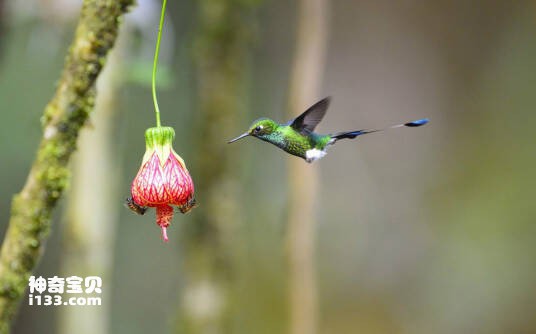
Thalurania watertonii
Thalurania watertonii,Long-tailed Woodnymph
Thalurania watertonii and Long-tailed Woodnymph are unknown.Protect wild ani···
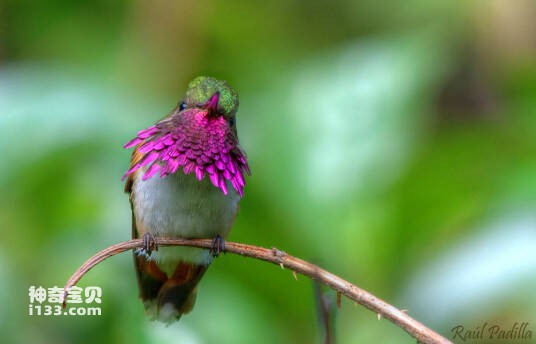
Thalurania ridgwayi
Thalurania ridgwayi,Mexican Woodnymph
Thalurania ridgwayi, Mexican Woodnymph, is a hummingbird with unknown habits···
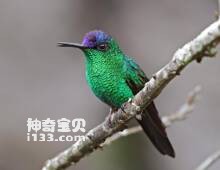
Thalurania glaucopis
Thalurania glaucopis,Violet-capped Woodnymph
Thalurania glaucopis and Violet-capped Woodnymph are unknown.Protect wild an···
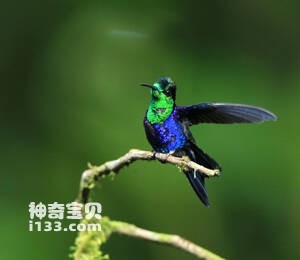
Thalurania furcata
Thalurania furcata,Fork-tailed Woodnymph
Thalurania furcata, or Fork-tailed Woodnymph, is an unknown species.Protect ···
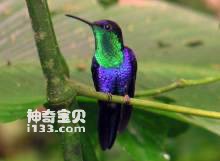
Thalurania colombica
Thalurania colombica,Blue-crowned Woodnymph
Thalurania colombica, also known as Blue-crowned Woodnymph, is unknown.Prote···
